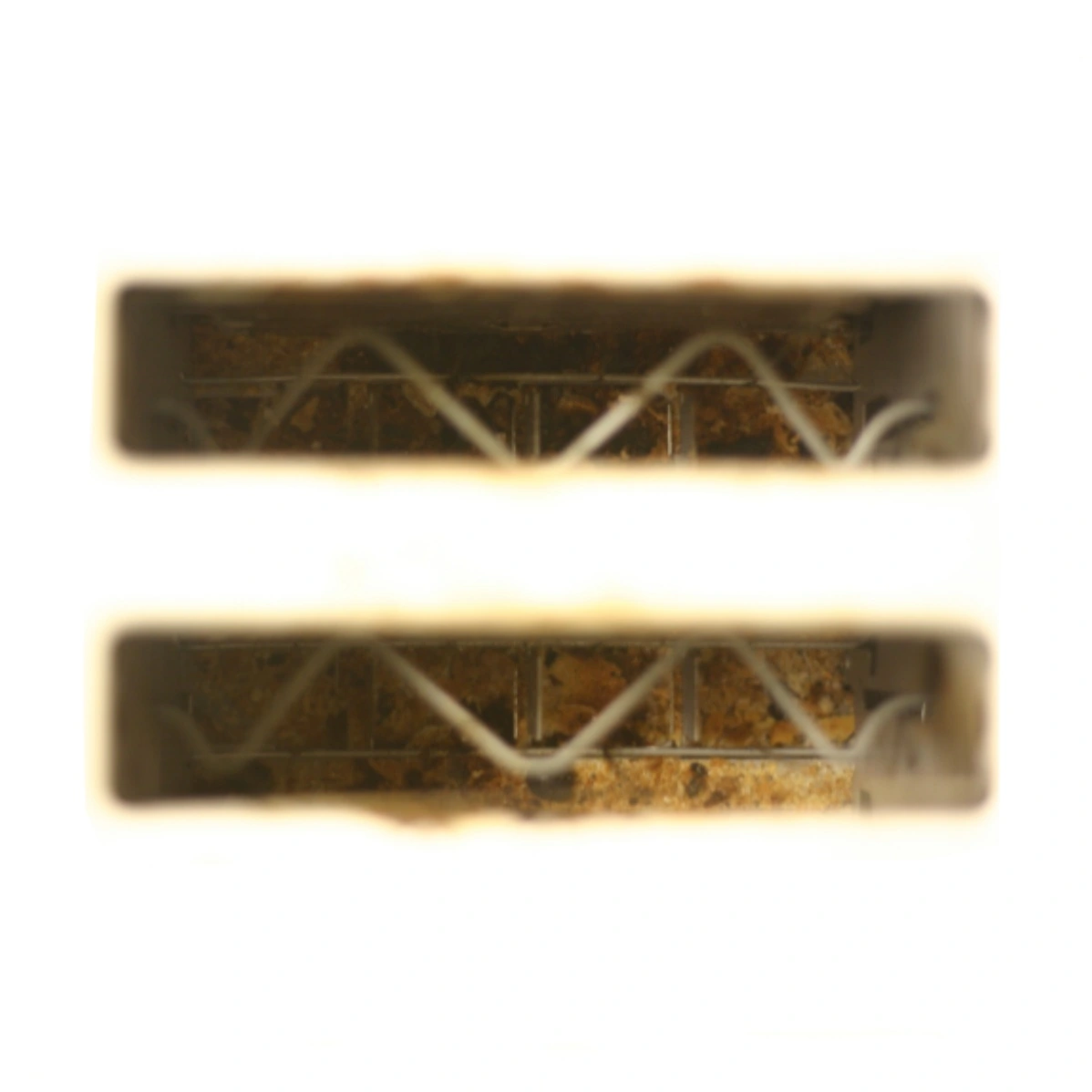“Quest was originally designed as a demonstration project to prove (carbon capture) technology and overall has met or exceeded our expectations,” said Shell
So they knew it wouldn’t work, but they got the government to subsidise it at least.
I’m on the fence about this one.
Carbon capture is new technology. Developing a system that sequesters carbon from the air is going to require energy, and developing that technology is going to require prototypes that may or may not produce more carbon than they capture at first. Making the proof of concept more efficient is part of the development process. It’s the same with things like desalination, nuclear fusion, and hydrogen fuel production. This was always the plan, and Shell was always upfront about the goal for the project.
On the other hand, carbon capture is not a solution to our climate crisis, and Shell is attempting to greenwash its own image with the concept. Promoting carbon capture technology tells people they don’t have to worry about their conspicuous consumption and reckless pollution, because we can always clean it up later. Even if the technology works, that won’t ever be true. We must reduce the amount of carbon pumped into the atmosphere or we’re all going to die horrible deaths.
So while I want the technology, and I understand why the current prototype doesn’t work yet, I also don’t want to give the impression that Shell is the good guy, and we don’t have to restrict or regulate the petroleum industries. Shell has never been more profitable, and their investments in carbon capture technology should be compulsory. It shouldn’t be taxpayers footing the bill.
Carbon capture is different than direct air capture. Carbon capture just means catching the CO2 emissions at the source of those emissions, not pulling directly from the air.
The big thing is that there’s no reason to be building new fossil fuel facilities right now, regardless of their emissions, just because of the costs.
Solar is already vastly cheaper and wind is already highly competitive - and if any technology needs help getting down the learning curve it’s wind. If wind gets as cheap as solar the duck curve is just not a problem anymore - and wind turbines are a highly modular commodity install that we have every reason to think are capable of getting that cheap. Between the two of them you can basically meet future energy needs along with grid upgrades/enhancements. And you’ll have a less centralized and more resilient network while you’re at it.
Meanwhile affordable industrial heat storage companies - hot rocks guys - and other medium-term energy storing technologies are springing up by then minute. It’s a potentially lucrative field because if you can store extremely cheap renewable energy and then sell it to the grid in lieu of very expensive fossil energy you can make a killing. With every moment the need for these callable energy sources like natural gas is diminishing.
To put it simply, existing technology already on the roadmap that we can be fairly sure is going to be delivered it’s already capable of getting us beyond the need for fossil fuels, and making energy less expensive for the consumer in the process.
Carbon capture is predicated on the idea that we’re going to keep building fossil energy production facilities, but the new ones will be outfitted such that they aren’t going to produce CO2 emissions. It just doesn’t make sense even economically. We’re building extremely expensive versions of already-too-expensive facilities in order to make use of a resource that we know we should simply not be making significant use of.
The only way carbon capture makes sense is if you have fossil fuel resources that you want to extract and sell - that is, if you’re a petrostate or oil company. But it doesn’t make any economic sense for the consumer of that energy because carbon-captured fossil fuels may never be possible and even if they are will be incredibly expensive per joule.
As you were hinting, it’s well time we’re pulling the subsidies out from under these fossil fuel companies. The market is already prepared to crush them if we stop propping them up.
I think there are a few industrial processes that produce CO2 not from energy generation like aluminum smelting. So we should continue research & development, but it really shouldn’t be solely in the hands of shell.
Or maybe it ought to be taxpayers footing the bill but ran by academia instead?
It worked perfectly but the purpose is not what you think it is. This facility in Alberta captures Carbon produced by the Scotford Complex, a Petrol Oil Refinery. It was never, ever, going to reduce CO2 in the atmosphere, it was just going to make the adjacent facility produce slightly less. The problem is, of course, that the Hydrogen being used in operations is from a source that puts off more greenhouse gasses than the facility can sequester. We do have the technology to produce Hydrogen more cleanly, but clearly that isn’t in the budget.
Why would we trust the people who are putting us in this mess to put us out of it? It’s stupid. Confiscate their profit and fund clean energy research with that money
I’m not trusting them to do anything, I’m explaining how the facility works. We can understand things without advocating for them and vice versa.
But boy, did they score some sweet taxpayer dollars from the Canadian government! We literally are paying for a faulty carbon capture facility. Literally throwing money into the garbage.
Nah, into the atmosphere
That’s a slight misreading of the article (though they horribly phrased the headline, don’t know if that was deliberate or if the author themselves is confused). It’s not saying the that the carbon capture machinery emitted more emissions than it captured. It’s saying the hydrogen refining plant as a whole released more emissions than was captured by the carbon capture machinery in the process of refining hydrogen. So the hydrogen produced had less co2 emissions associated with it than was typical, but some co2 was still released. This makes sense because it would be basically impossible from a chemistry standpoint to make a machine that captured 100% of the carbon emitted.
Fta:
At best, it prevents some carbon dioxide from polluting facilities from reaching the atmosphere, but it is not a negative emissions technology
I think the best use of these technologies for the time being is to lessen the harms of already running sources of emissions where co2 is highly concentrated and some of it can be captured, if it’s some kind of situation where a greener technology can’t just replace it outright for some reason, which obviously should be the preferred route.
Shell is misrepresenting this as removing co2 already in the atmosphere, when in reality it’s just lessening new emissions somewhat. And they’re trying to use this to argue for the creation of even more fossil fuel facilities, when this technology is only reducing the harms, not taking it away, so creating more polluting sources than already exist is the last thing we need. And I totally agree using taxpayer money to help fossil fuel companies greenwash is asinine.
This is also different than those projects where they’re just trying to pull it out of the air, which are totally ridiculous with any current technology but theoretically would result in negative emissions (and which Shell is hoping people think of when they say “carbon capture”).
If it created 50% more than it captured, you’re paying to increase emissions and accelerate climate change
Shocked. Shocked I say.
It’s a hydrogen production plant which captures some of the carbon it emits bit the plant as a whole is still polluting
Just fucking put a carbon tax on everything it isn’t hard.
Oh you want to burn coal because you are going to develop some great carbon technology and extract the carbon out of the air. Brilliant do it. If you fail you are going to get taxed out of existence.
80% of carbon captured by these facilities is pumped back into the atmosphere. Oil companies will inject oil wells with CO2 to increase their output in a process called Enhanced Oil Recovery
A bit misleading, all it is, is that the CCS facility doesn’t capture all the carbon released into the atmosphere.
Whatever it wasn’t designed for that or it failed to meet the design capacity I am not sure. If it was a demonstration plant it might not have been aimed to capture everything but to test the technology under continuous operaton.






